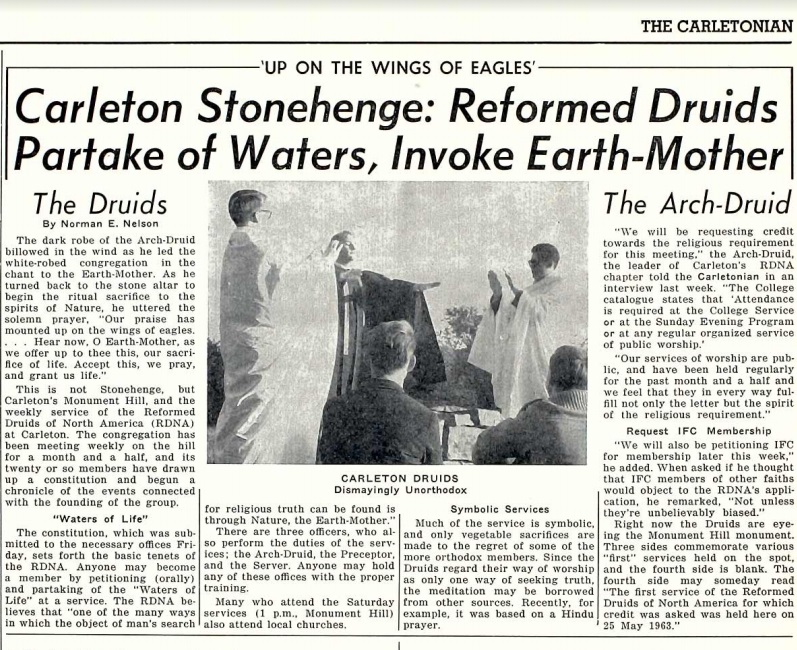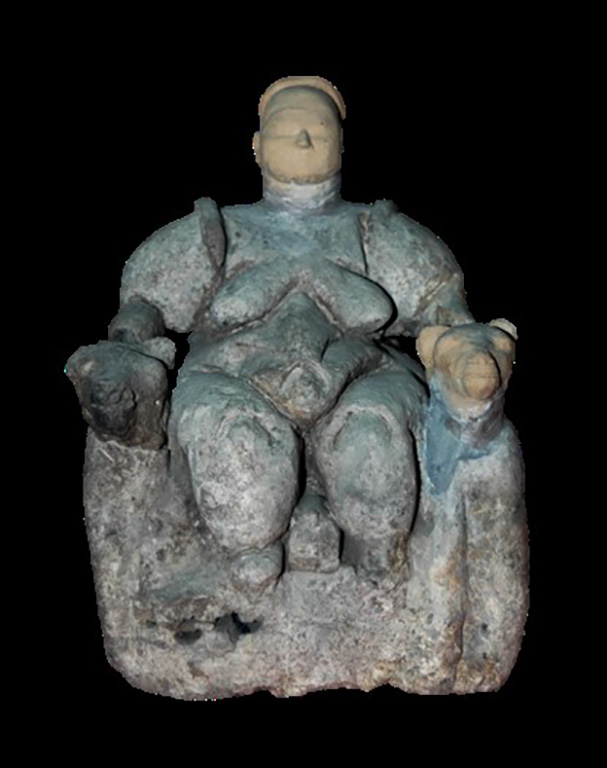
by Erica Frank
This past summer has brought great changes to the political landscape, and some people aren't happy about that. The University of California at Berkeley has banned civil rights activism and political fundraising. This is ostensibly to "keep the peace," but in reality, it smacks of telling students, "Don't pay any attention to the injustices you see in the world around you. Focus on your grades, not on the society where you'll be living once you get your degree."
Many students were involved with voting registration drives in the South this summer, and they returned to school intending to support CORE—the Congress of Racial Equality—and other civil rights groups.
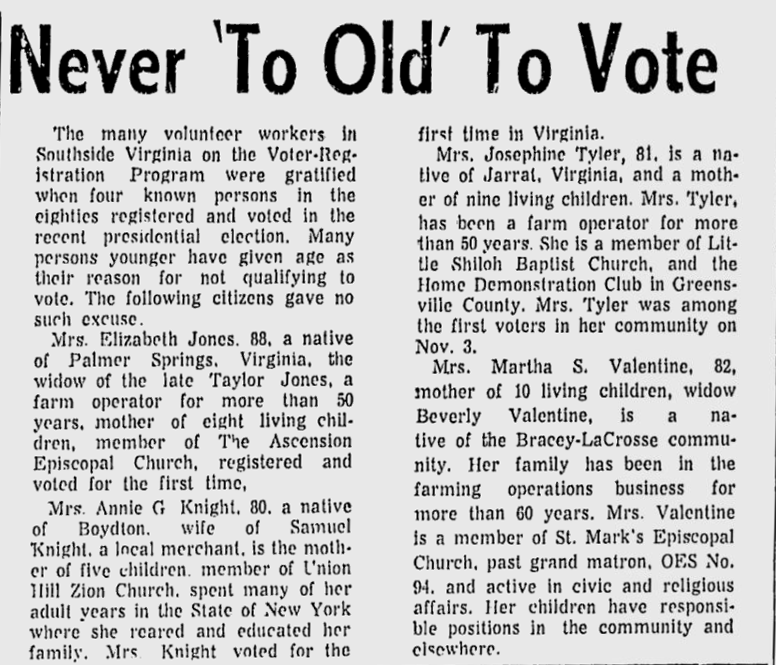
But the school wants no part of their enthusiasm for fixing longstanding oppressions and discriminations. Several times, students have clashed with both faculty and the local authorities.
Protest at Sproul Plaza
Yesterday was the largest one yet. The "FSM," Free Speech Movement, drew a huge crowd of at least 1,500 students and possibly as many as 5,000. They gathered in Sproul Plaza and gave speeches, then folk singer Joan Baez led them in singing "We Shall Overcome" before they went into Sproul Hall and protested all night long.
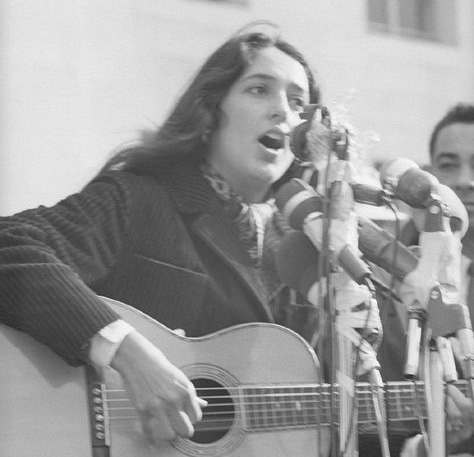
The student who spoke right before Miss Baez was Mario Savio, recently back from registering voters in Mississippi. He gave an impassioned, impromptu speech about why they are protesting. He had been told that the university's President Kerr refused to support the students. Kerr said, "Would you ever imagine the manager of a firm making a statement publicly in opposition to his Board of Directors?" Savio pointed out that this analogy has other implications: if Kerr is a manager of this hypothetical company, the faculty are "employees." That would make the students the raw material that they're selling. Kerr's casual explanation denies the students' humanity, and in return, they refuse to accept his authority.
There's a time when the operation of the machine becomes so odious, makes you so sick at heart, that you can't take part! You can't even passively take part! And you've got to put your bodies upon the gears and upon the wheels, upon the levers, upon all the apparatus—and you've got to make it stop! And you've got to indicate to the people who run it, to the people who own it, that unless you're free, the machine will be prevented from working at all!!
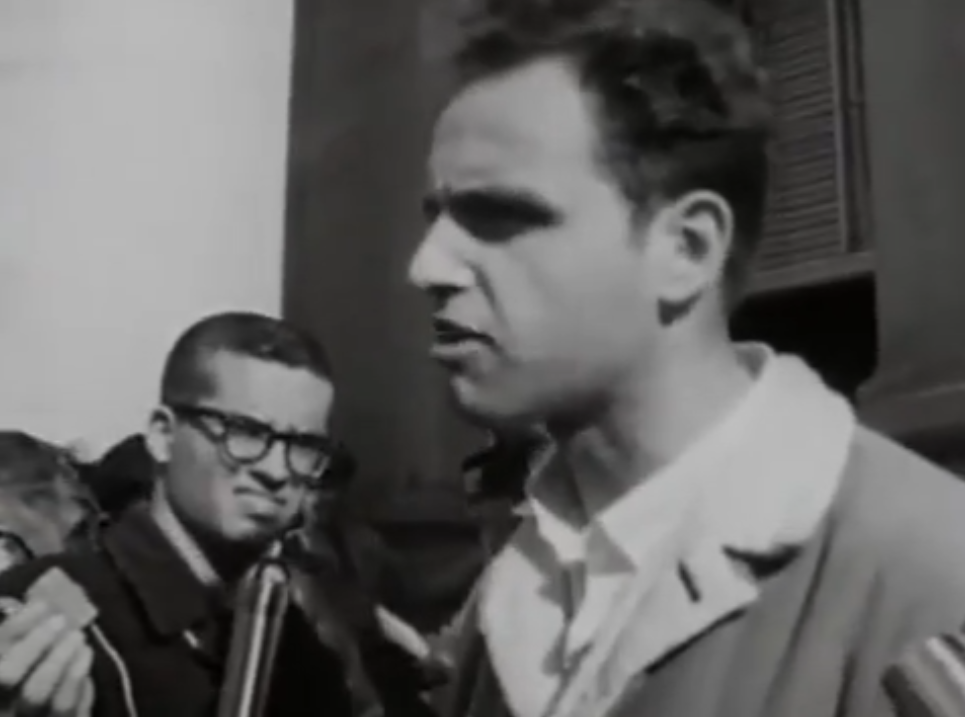
Deeper Meaning
It fills my heretic heart with joy to see young people so adamant about fighting injustice, about shutting down the systems that stifle and oppress those who want to make a better world for everyone. I look at the words printed above, and they don't carry the full intensity of Savio's speech, all the more powerful because he's not reading it from cards or a page. He probably had some idea what he wanted to say when he took the stage, but that's not always enough. Plenty of politicians have discovered that there's a difference between planning a speech in your living room, and giving the same speech to a live audience of thousands.
Savio pulls it off beautifully. I don't believe there's any amount of polish or practice that could've made his words have more impact. He's caught the zeitgeist of the moment: looking the status quo in the eye and saying, "No, that's not good enough."
Psychedelic Journey
With a less confrontational approach, that's what Ken Kesey and his "Merry Band of Pranksters" were doing this past summer. They loaded themselves into a converted yellow schoolbus, which they painted in all sorts of colors, and took a trip across the country. Their crew included a philosophers, a couple of athletes, a former military man, several activists, and a pregnant woman. Kesey himself is a famous author; One Flew Over the Cuckoo's Nest came out just a couple of years ago to great critical acclaim.
The "Pranksters" decided to film their journey as they went, so they could make a documentary later. The documentary itself hasn't been released yet, but some of the footage is available.
They experimented with all sorts of consciousness-raising techniques: meditation, Eastern mystical practices, and intoxicants of varying legalities. They had some… interesting encounters with local authorities. The police often pulled them over, not for suspicion of crimes, exactly, but because they'd never seen a bus like that.

Incidents and Accidents
They had an easy way to talk to police and any locals who looked at them strangely: "We're making a movie about our road trip!" Then they'd bring out the cameras and show off the designs painted on the bus. Sometimes they'd show the living arrangements inside, and all of that was unusual enough to keep anyone from noticing signs of drugs or petty crime.
They had several small adventures: The bus got stuck in a sandy field; one person "freaked out" and left the group to go home; the pregnant woman (known as "Generally Famished") lost her purse and felt trapped. But they also had fun and tried absurd games to pass the time. They even went to the World's Fair in New York.

Kesey said he learned something from his time working in an asylum that he believes was "the most important thing I've ever learned: Every once in a while, all the power, the attention that you have, comes to bear on exactly what you're doing, and doesn't decide whether it's good or bad. It just decides that it is. And the only thing you can do is enjoy the ride."
Living in the Future
That kind of "just accept it" may seem to clash with the student protests above. But they are two sides of the same coin: a rejection of the mundane, predictable life with its rote habits and strictly assigned roles. They're both striving for a future that welcomes change, celebrates diversity, and respects individuality. They both stand in stark contrast to the corporate forces that want a pliant, unthinking populace dedicated to "progress" that mainly serves to make rich people richer.
I would welcome Savio's chosen future, and I could enjoy the future Kesey and his friends want. They may even be two approaches with the same goal. While neither of them is directly involved in science fiction's visionary leanings, they both carry a reminder for us: As we develop incredible machines, as we reach out toward the stars, what kind of future are we making for the people who will live with our incredible technology?
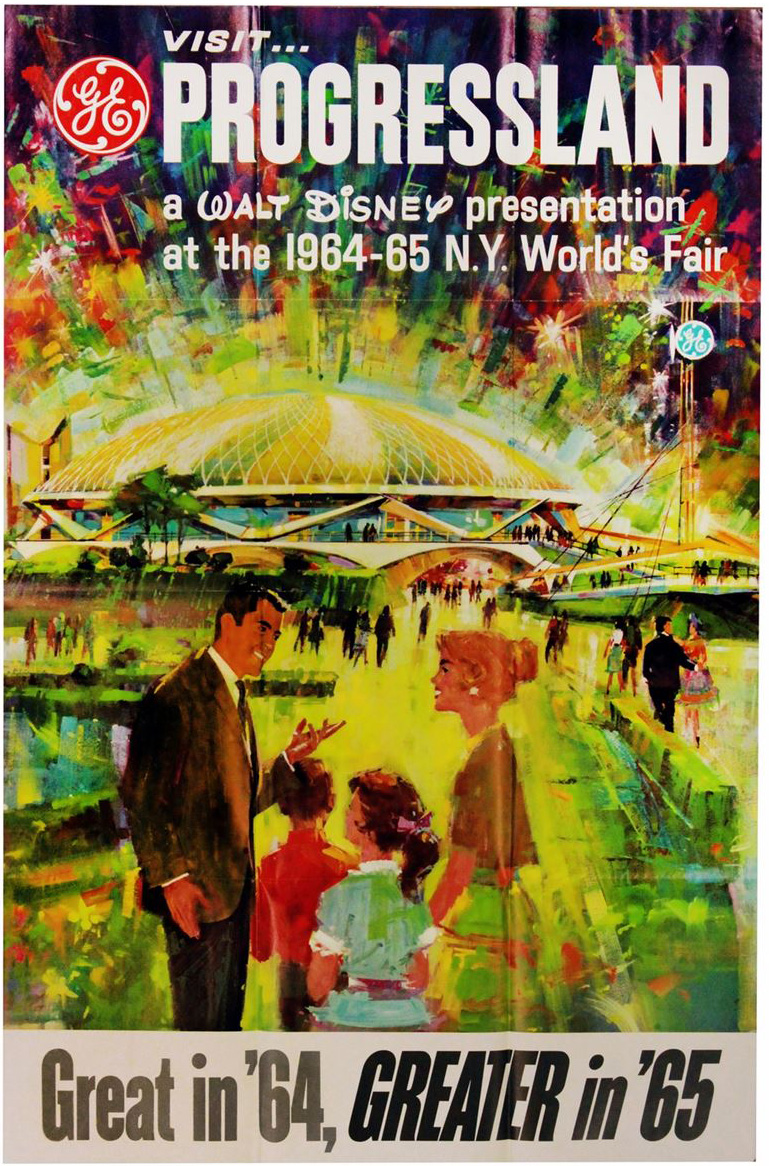
[Come celebrate with us at Portal 55, Galactic Journey's real-time lounge! Talk about your favorite SFF, chat with the Traveler and co., relax, sit a spell…]

![[December 3, 1964]: Future Bound (Civil Rights and a Colorful Journey)](https://galacticjourney.org/wp-content/uploads/2019/12/641203JoanBaez-474x372.jpg)

![[October 4, 1964] Are You Literate Enough to Vote in Louisiana?](https://galacticjourney.org/wp-content/uploads/2019/09/641004protest-672x372.jpg)
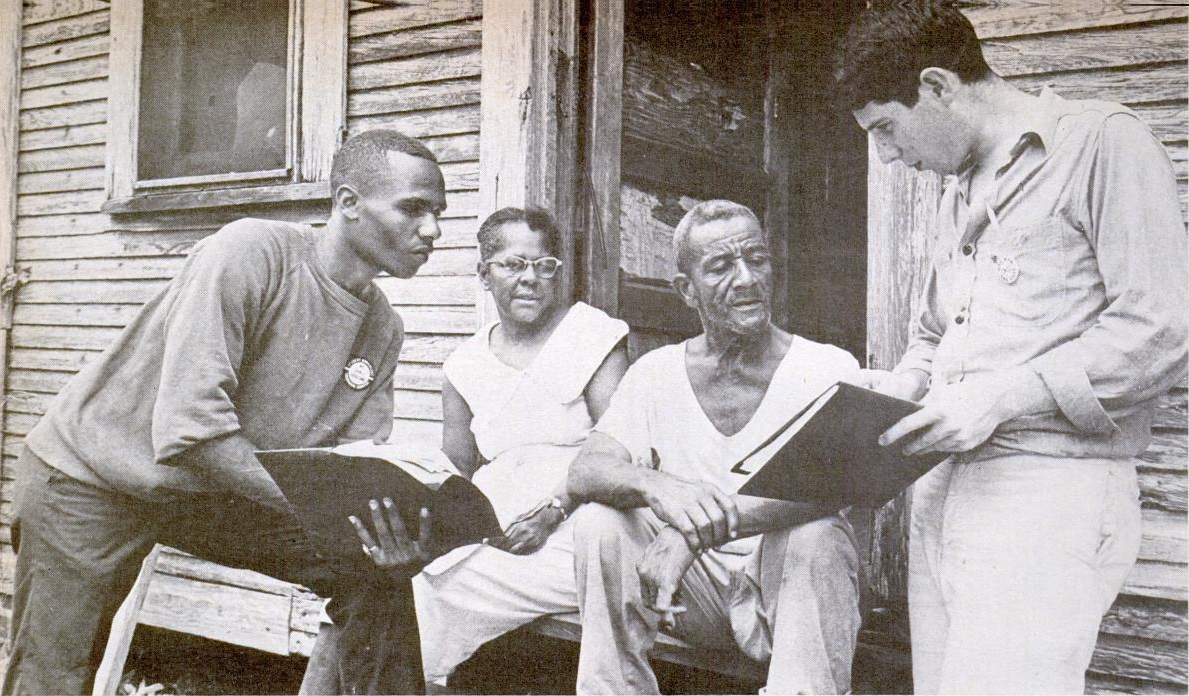
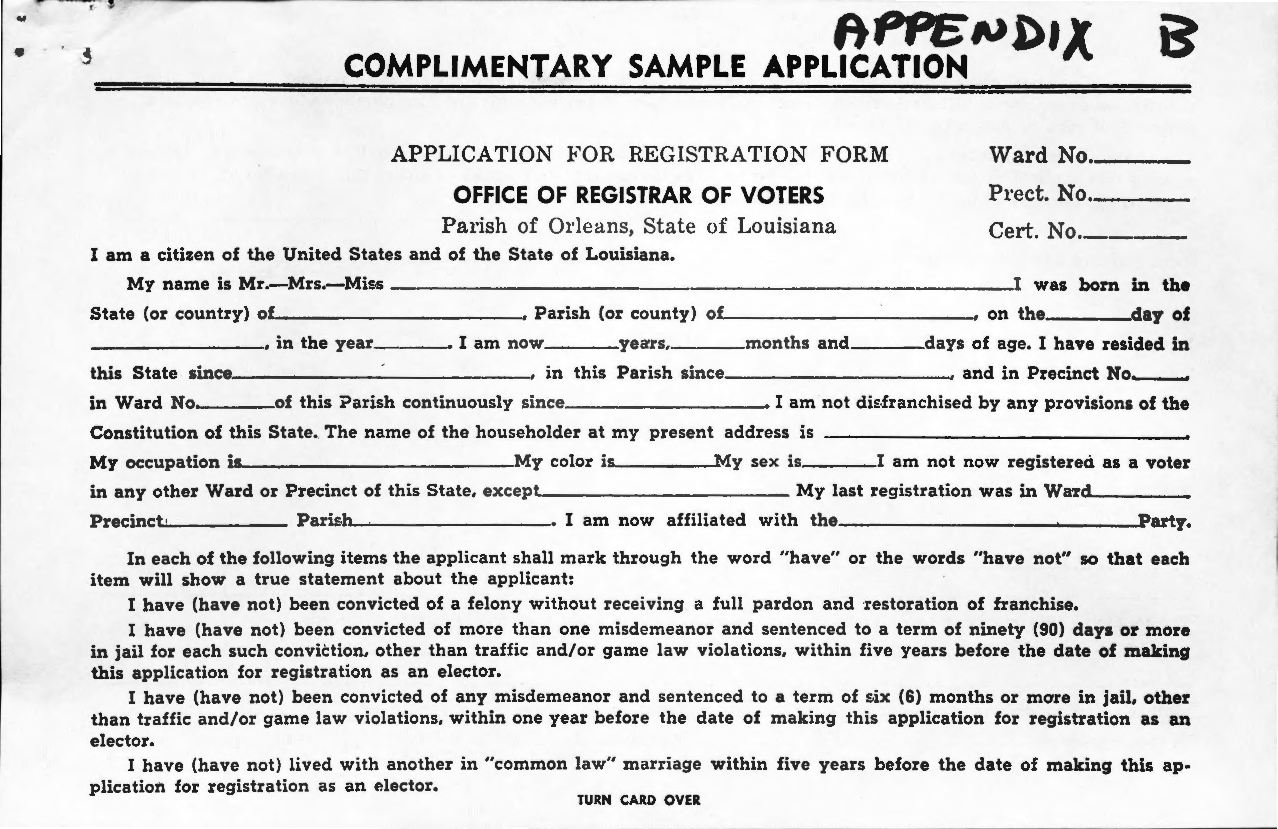

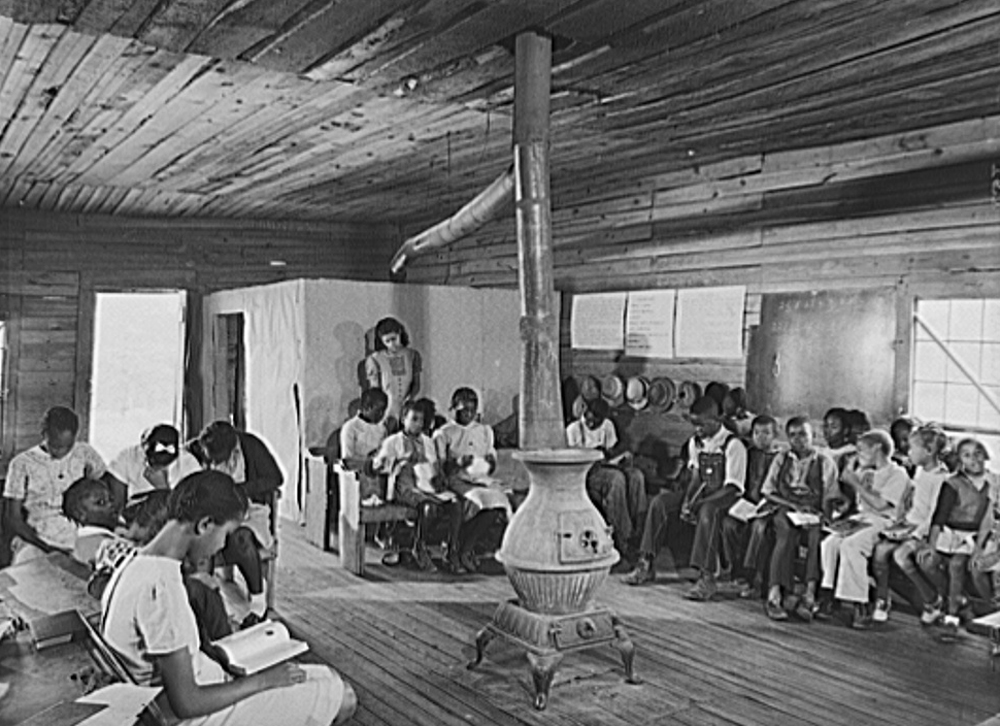



![[September 7, 1963] Druids at College: An Old Religion for a New Era](https://galacticjourney.org/wp-content/uploads/2018/09/630907druids-672x372.jpg)
